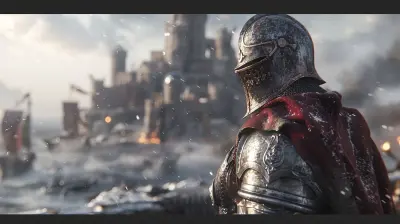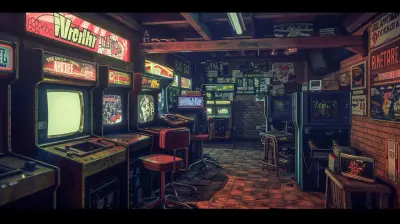Behind the Scenes of the Latest Game Balancing Update
4 July 2025
Let’s be real—game balancing updates don't usually get the same hype as flashy trailers or content drops, but they’re the unsung heroes of a great gaming experience. Whether you're crushing ranked lobbies or just chilling in a casual match, balance changes shape your entire gameplay. They can make or break a meta, revive dead builds, or even push some fan-favorite characters into the dusty corners of irrelevance.
So, what really goes into creating these updates? Who decides that your go-to weapon suddenly needs a three-second reload increase? And why does your favorite character feel so weak now? Let’s peel back the digital curtain and step into the chaotic, caffeine-fueled world of the developers working tirelessly to keep your favorite games fair, fun, and fresh.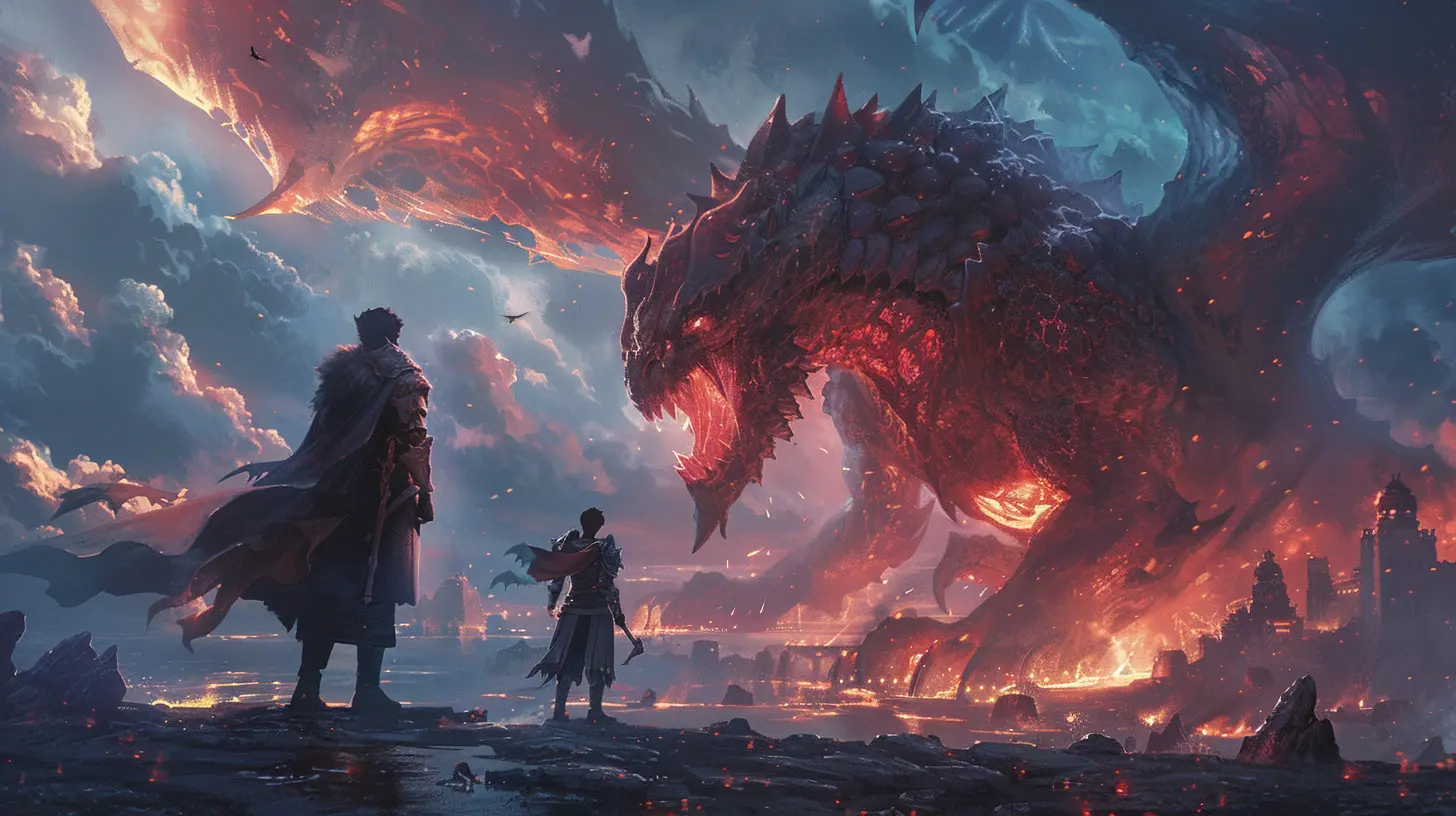
What Is Game Balancing Anyway?
At its core, game balancing is about tweaking in-game elements to make sure nothing becomes too powerful (or too useless). We're talking stats like damage output, cooldown times, hitboxes, and resource generation. It’s not just about nerfing overpowered elements—it’s also about lifting underutilized ones.Think of it like a massive seesaw where every character, weapon, ability, or item has to have a fair shot. If one side gets too heavy, it throws off the whole playground.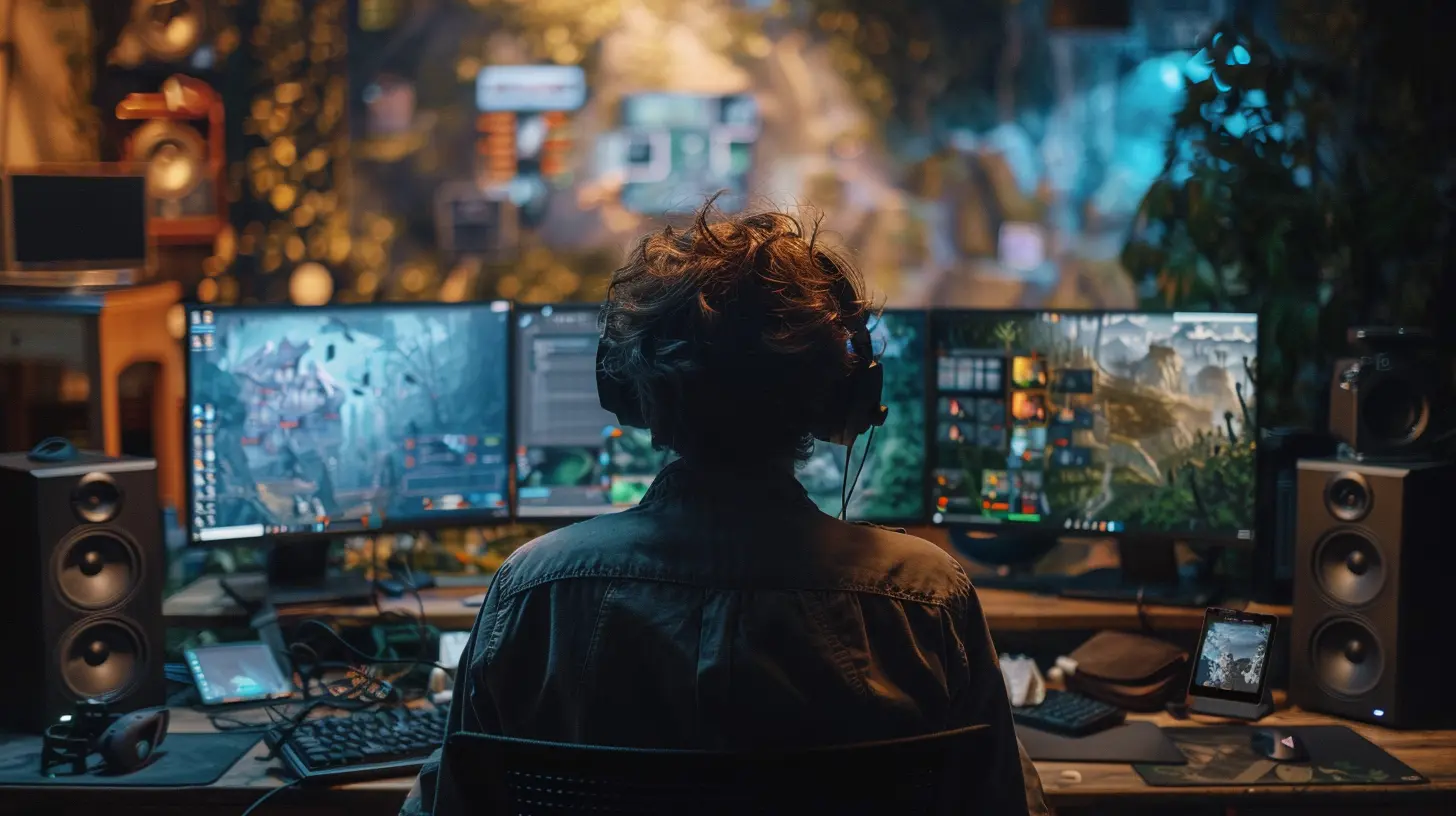
The Players Are Watching
Let’s not forget how vocal the community is. Forums blow up. Reddit threads stretch into essays. YouTube rants? Don’t even get started. Every player has an opinion, and devs listen—sometimes.Balancing a game isn't just a numbers game; it's also a PR juggling act. Developers have to listen to player feedback while also relying on hard data. And believe me, it’s not always a peaceful coexistence. One person’s “finally balanced” is another’s “you ruined my main.”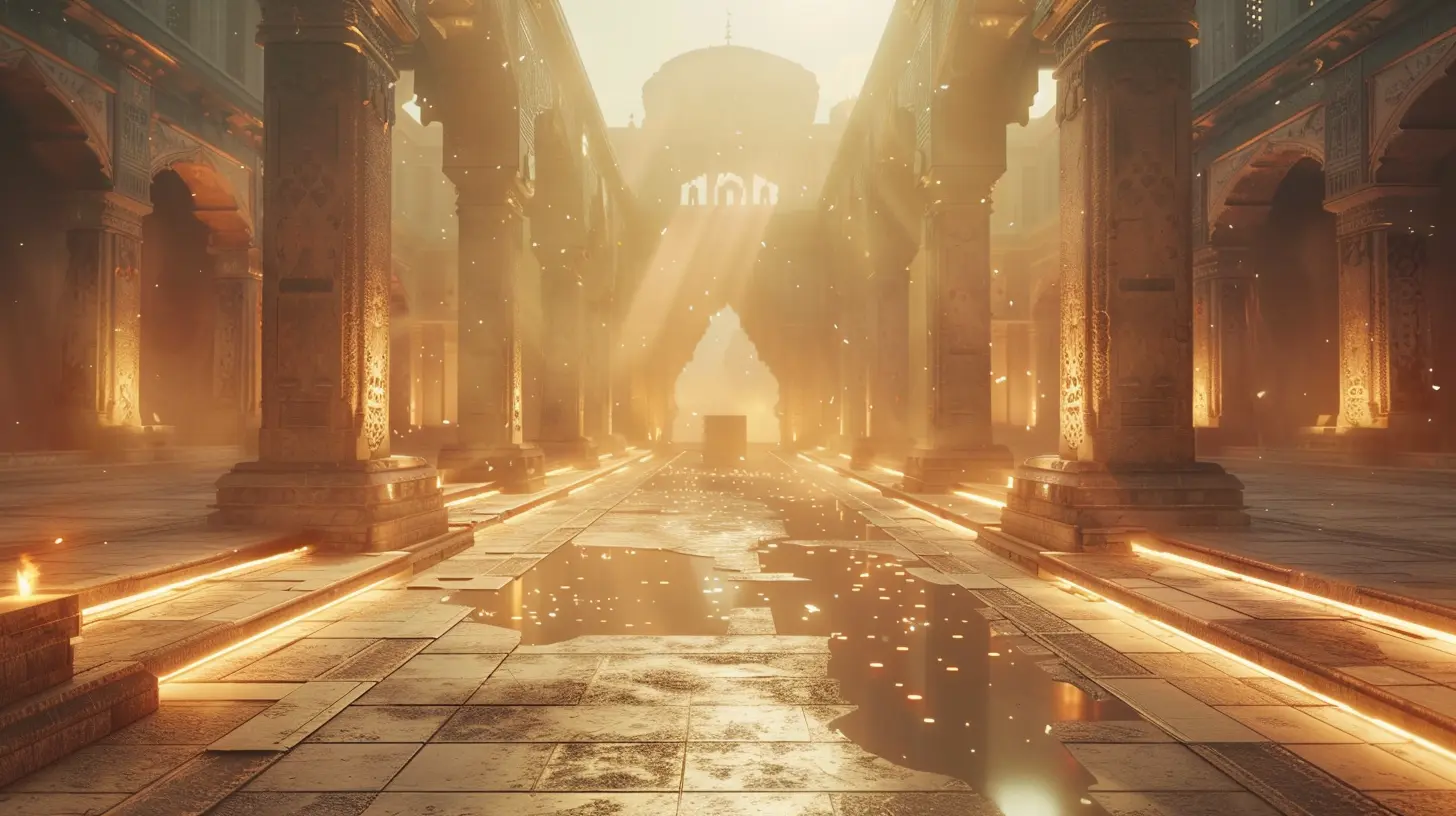
The Dev Team: More Than Just Keyboard Warriors
Contrary to popular belief, developers don’t just sit around waiting for players to complain on Twitter. Most teams include a mix of designers, analysts, and testers—all playing different roles like a well-coordinated raid squad.Let’s break it down:
1. Game Designers: The Strategists
These folks are like chess masters. They look at the game from a bird’s-eye view, constantly evaluating how each piece fits together. When something feels off, they brainstorm ways to fix it without throwing everything else out of whack.2. Data Analysts: The Stat Mages
These guys cast spells with spreadsheets. They comb through mountains of in-game data—win rates, pick rates, damage per game, and more. Ever heard someone say “this hero has a 62% win rate in high-tier matches”? Yeah, that’s them. If something looks fishy, they raise the red flag.3. QA Testers: The Lab Rats
Quality Assurance testers play the game a lot. They test out new balance changes in isolated environments, looking to see if they work as intended. If a buff makes a character borderline unkillable or a nerf causes an ability to break, they’re the first to know.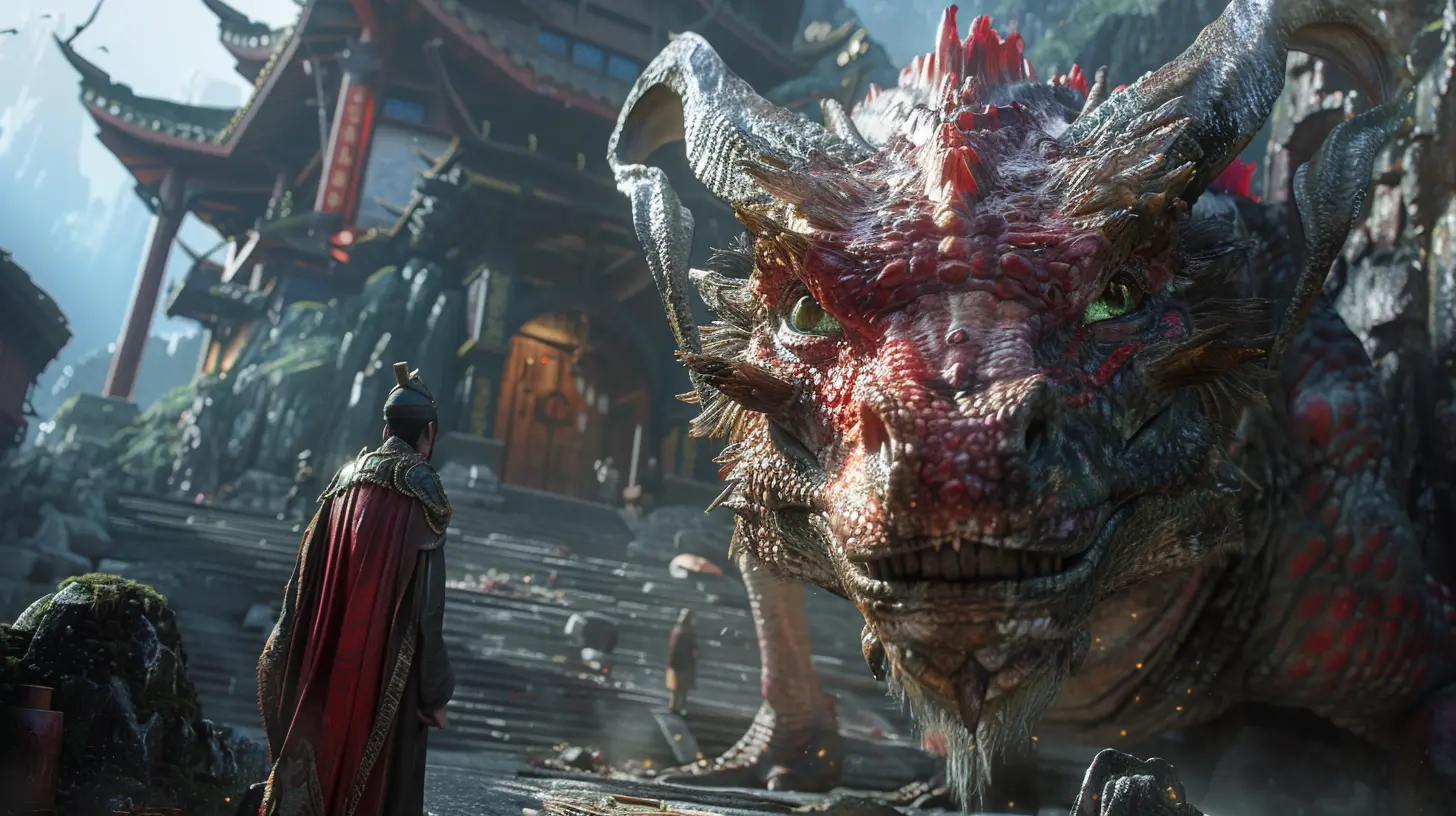
From Concept To Patch Notes: The Update Pipeline
Once the issue is identified, and the plan is formed, the real fun begins. Here's what usually happens behind closed doors:Step 1: Identifying the Problem
This step is part Sherlock Holmes, part therapist. Devs listen to the community, observe competitive matches, and dive deep into analytics. They're not just looking for the strongest character—they’re watching for patterns that show imbalance.Step 2: Brainstorming and Internal Debate
Here’s where it gets spicy. The dev room becomes a tactical war zone. Everyone pitches ideas, and not all of them survive. One person wants to nerf a weapon’s damage, another thinks the mobility is the issue. Heated arguments? You bet. But it’s all in service of the same goal: a better gameplay experience.Step 3: Implementation and Testing
Once an agreement is made, the devs implement the changes in a test environment. Internal builds are played rigorously to see if the changes feel good. Sometimes, a tiny tweak can have massive ripple effects—like increasing a character’s jump height by just 5% can suddenly allow access to unintended spots on the map.Step 4: The PTR or Public Test Servers
Some developers roll out updates in a “beta environment” for real players to test. This is where the community steps in to experiment, break things (on purpose), and give feedback. It’s like a trial before a full launch.Step 5: Tuning and Fine Adjustments
Based on PTR feedback, more changes are made. Think of it like seasoning your food—you don’t dump a whole shaker of salt in at once. You taste and adjust, taste and adjust.Step 6: Launch and Patch Notes
Boom. Update goes live. Players rush to download, Twitch chats go nuts, and YouTubers crank out their “top 5 changes” videos. Meanwhile, developers hold their breath, watching how the world reacts.Nerfs, Buffs, and Everything in Between
Let’s talk terminology real quick.- Nerf: Making something weaker. Usually happens when something's dominating the meta.
- Buff: Making something stronger. Used to bring underused items or characters back into the limelight.
- Rework: Complete overhaul. Sometimes a character or mechanic is so off-track that small tweaks won’t cut it.
- Hotfix: Emergency patch. Think of it as putting out a fire with a bucket of water before it consumes the whole building.
Remember that buffing one thing too much can make it the new broken feature. It’s like trying to fix a leaky pipe—you tighten one valve, and suddenly water explodes from somewhere else.
Real-World Examples of Balancing in Action
Example 1: The Shotgun Scandal
In one popular battle royale, a shotgun became the nightmare of every close-range encounter. You’d blink and end up spectating. The devs responded by reducing its headshot multiplier and slowing its fire rate. The result? A healthier variety of close-combat options.Example 2: The Tank That Couldn’t Be Stopped
In a hero shooter, a certain tank hero had an absurd win rate in all ranks. Turns out, their damage reduction ability was scaling too efficiently with other defensive buffs. A small nerf to stacking bonuses brought the titan back down to Earth.Why Balance Updates Feel So Personal
Ever get mad when your favorite hero gets nerfed? You're not alone. Players form emotional connections to their main characters or loadouts. It’s almost like someone told you your favorite pizza joint had to shut down because it was “too delicious.”This emotional reaction is totally valid—but it’s important to remember that balance changes serve the bigger picture. They’re not meant to ruin your fun; they’re meant to make the game more fun—for everyone.
How Games Maintain Long-Term Balance
Once the update drops, it’s not “mission complete.” Developers continue monitoring gameplay data, reviewing feedback, and keeping an eye on new meta trends. Sometimes, an unintended meta emerges post-patch, and what worked on paper suddenly feels off in live games.It’s an ongoing cycle. Games that survive long-term—especially competitive ones—do so thanks to this continuous loop of adjustment, player feedback, and developer response.
Think of it like maintaining a bonsai tree. You don’t just prune it once and walk away. You shape it gently over time, responding to new growth, and making sure it doesn’t grow wild.
So, Why Should You Care?
Balance updates might not be as “sexy” as new maps or game modes, but they’re crucial. They ensure that gameplay stays exciting, fair, and worth coming back to. Even if your favorite character catches a nerf, remember—it’s all part of keeping the battlefield even.And hey, maybe that underused hero you ignored for months? They just got a buff and are ready to shine. Time to dust off old favorites and see what’s changed.
Final Thoughts
Game balancing updates are the beating heart of any evolving game. While the patch notes might just look like lines of text, behind them are hours of playtesting, arguments, number crunching, and community interaction. And the end goal? A game where every battle feels fair, every win feels earned, and every match is a blast—no matter what you’re playing.So the next time you see a balancing patch, take a moment to appreciate the madness behind it. Then hop in, test things out, and maybe—just maybe—find your new favorite loadout.
all images in this post were generated using AI tools
Category:
Game UpdatesAuthor:

Avril McDowney
Discussion
rate this article
2 comments
Quinn Vaughn
Balancing updates: where developers play tightrope walkers while gamers hold the safety net!
October 25, 2025 at 3:28 AM

Avril McDowney
Great analogy! It's definitely a delicate balance between ensuring fair gameplay and keeping the community engaged. Thank you for your insight!
Milena Abbott
Great insights! Balancing truly enhances the gameplay experience.
July 15, 2025 at 5:02 AM

Avril McDowney
Thank you! I'm glad you found the insights valuable. Balancing is crucial for a rewarding gameplay experience!
